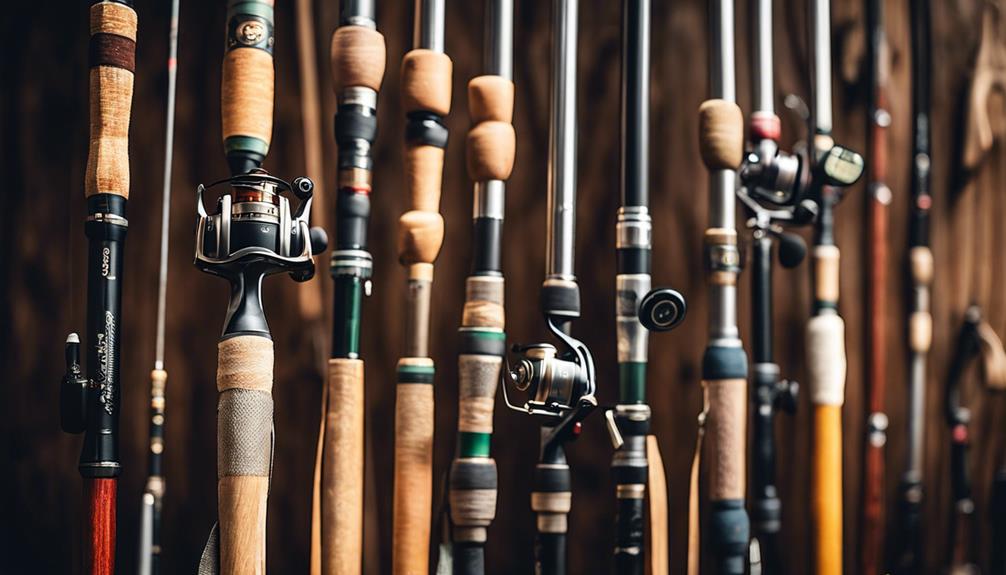Fly fishing trips offer an exhilarating blend of adventure, nature, and relaxation. Whether you are an experienced angler or a novice looking to learn the craft, planning a fly fishing trip can be a rewarding experience. In this comprehensive guide, we will explore various aspects of fly fishing trips, from choosing the right destination to essential gear, and tips for maximizing your enjoyment on the water.
Understanding Fly Fishing: The Basics of the Art
Before embarking on your fly fishing trips, it’s essential to understand the fundamental principles of this unique angling technique. Fly fishing differs from traditional fishing methods, utilizing artificial flies as bait, which are designed to mimic the appearance and movement of aquatic insects or baitfish. The primary tools of fly fishing include a specialized rod, reel, and line, along with a variety of flies tailored to the species you’re targeting. The beauty of fly fishing lies not only in the pursuit of fish but also in the serene experience of being immersed in nature, making it a popular choice for outdoor enthusiasts.
Choosing the Perfect Destination for Your Fly Fishing Trip
Selecting the right destination is crucial for a successful fly fishing trip. Different locations offer various fishing conditions and species, so consider your preferences and skill level when making your choice. Popular fly fishing destinations include the clear rivers of Montana, the picturesque streams of Colorado, and the saltwater flats of Florida. Each of these locations provides unique opportunities to catch species such as trout, bass, and tarpon. Research your chosen destination thoroughly, including the best times to visit, local regulations, and available amenities to ensure a smooth and enjoyable trip.
Essential Gear for an Unforgettable Fly Fishing Experience
Having the right gear is vital for any fly fishing trip. A well-equipped angler will enjoy a more successful and comfortable experience on the water. Key items include a fly rod and reel suitable for the species you are targeting, a selection of flies, and appropriate clothing for the climate. Additionally, waders, a tackle box, and fishing accessories like forceps and nippers will enhance your fishing experience. Don’t forget to pack sunscreen, insect repellent, and a first aid kit for safety. Investing in quality gear can significantly improve your fly fishing trips and ensure you’re prepared for any situation.
Mastering Techniques: Tips for Successful Fly Fishing Trips
To maximize your success during fly fishing trips, mastering a few essential techniques is crucial. Begin by perfecting your casting skills, as accurate casting is key to presenting your fly effectively. Pay attention to the type of water you are fishing; different techniques, such as dry fly fishing or nymphing, may be more suitable depending on the conditions. It’s also important to observe your surroundings and identify the insects present to select the right flies. Lastly, patience is a virtue in fly fishing; take your time and enjoy the process, as this will lead to a more fulfilling experience.
Fly Fishing Etiquette: Respecting Nature and Fellow Anglers
As with any outdoor activity, practicing proper etiquette during your fly fishing trips is essential. Respect for nature and fellow anglers ensures that everyone can enjoy the experience. Always follow the “Leave No Trace” principles by cleaning up after yourself and minimizing your impact on the environment. When fishing in popular areas, be mindful of your distance from other anglers, and avoid crowding their space. Additionally, familiarize yourself with local regulations and guidelines to ensure you’re fishing legally and ethically. By adhering to these practices, you contribute to preserving the beauty of our natural resources for future generations.
Best Times of Year for Fly Fishing Trips: Seasonal Considerations
Timing your fly fishing trips can significantly impact your success on the water. Different fish species have varying seasonal patterns, so it’s essential to research the best times to fish for your target species. Spring and fall are generally considered prime seasons for trout fishing, as fish are more active and feeding aggressively during these times. Summer can offer excellent fishing opportunities in cooler mountain streams, while winter fishing can be rewarding in warmer climates. Understanding seasonal patterns will help you plan your trips effectively and increase your chances of landing that trophy fish.
Fly Fishing Trips for Beginners: Tips to Get Started
If you’re new to fly fishing, don’t be intimidated by the learning curve. Many resources are available to help beginners get started on their fly fishing trips. Consider taking a guided trip with an experienced instructor who can provide valuable insights and hands-on training. Additionally, joining local fly fishing clubs or online communities can connect you with fellow anglers and provide opportunities for mentorship and shared experiences. Start small by focusing on local waters and gradually expand your horizons as you gain confidence and skills. Remember, every angler started as a beginner, and the journey is just as rewarding as the destination.
Conclusion: Making the Most of Your Fly Fishing Trips
In conclusion, fly fishing trips are a fantastic way to immerse yourself in nature, learn a new skill, and connect with fellow anglers. By understanding the basics of fly fishing, choosing the right destination, and preparing adequately with the proper gear and techniques, you can create unforgettable experiences on the water. Remember to embrace the journey, respect the environment, and share your passion for fly fishing with others. Whether you’re casting your line in a remote mountain stream or a bustling coastal flat, every fly fishing trip presents a unique opportunity to appreciate the beauty of nature and the thrill of the catch. Happy fishing!
